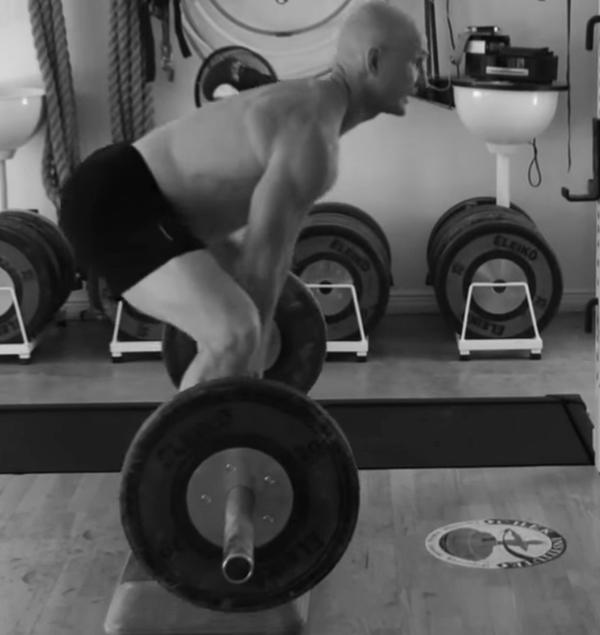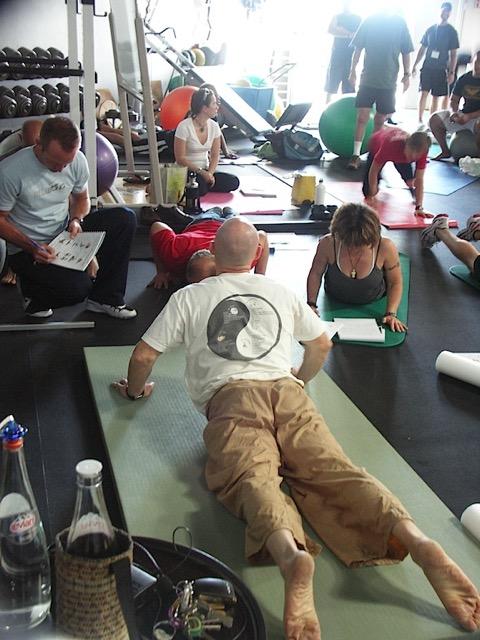F.A.S.T. Conditioning Protects Your Body
by Paul Chek

In typical professional exercise and rehab settings, general exercises strengthen the prime mover muscles while more specific isolation exercises boost the stabilizer muscles.
Unfortunately, many of your clients have limited time to spend in a gym, so allocating enough to exercise both kinds of muscles properly can be a real challenge for them.
For example, if your clients delay stabilizer training to the end of their workouts, they’re far more likely to be tired. Plus, your clients probably won’t have the same deep understanding of anatomy and physiology you do, so they’ll overlook the detailed steps that promote optimal, safe conditioning.
Teaching your clients the concepts behind F.A.S.T. — F = form, A = activation, S = stabilizer, T = tempo — conditioning not only helps them save time at the gym.
Mastering these concepts empowers clients by helping them better recognize when they need to modify their exercise patterns based on feedback they receive from their bodies. This requires very, very precise form, good technique and disciplined weightlifting.
(This concept aligns very well with the skills I teach in the CHEK Exercise Coach program and my book, How to Eat Move and Be Healthy!).
If you get a lot of resistance from clients who may be too obsessed with their six-pack abs, remind them that sacrificing form and structure over showing off their chiseled muscles is a sure-fire way they’ll be someone’s patient one day… I promise.
Love and chi,
Paul


